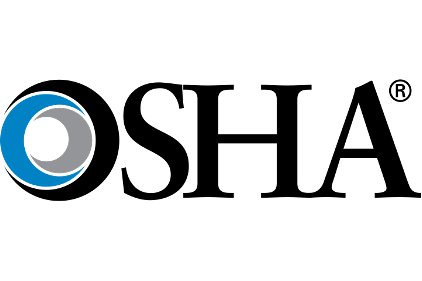 The U.S. Chemical Safety Board has identified the modernization of U.S. Process Safety Management (PSM) regulations as its newest Most Wanted Safety Improvement, concluding that implementation of key federal and state CSB safety recommendations will result in significant improvement of PSM regulations in the United States.
The U.S. Chemical Safety Board has identified the modernization of U.S. Process Safety Management (PSM) regulations as its newest Most Wanted Safety Improvement, concluding that implementation of key federal and state CSB safety recommendations will result in significant improvement of PSM regulations in the United States.
OSHA, EPA not fully implementing recommendations
Over the last two decades, the CSB has made a number of recommendations related to OSHA’s PSM program and EPA’s Risk Management Program (RMP), many of which have not been fully implemented. By adding the modernizing of U.S. process safety management regulations to the CSB’s Most Wanted Safety Improvement list, the agency is identifying this issue as one of the board’s most important recommendations-related goals.
CSB Chairperson Rafael Moure-Eraso said, “My hope is that reform will help to prevent future catastrophic accidents.”
Little regulatory reform
The CSB notes that despite some positive improvements in PSM regulations in the U.S., regulations have undergone little reform since their inception in the 1990s. Of particular interest are the board’s recent investigations of major refinery incidents that found that PSM and RMP, although written as performance-based regulations, appear to function primarily as reactive and activity-based regulatory frameworks that require extensive rulemaking to modify. This potentially results in stagnating risk levels, even as industry-recommended best practices and technology continue to advance in the U.S. and overseas.
No ALARP requirement
Specifically, the CSB’s investigations of recent major refinery accidents found that there was no requirement to reduce risks to As Low As Reasonably Practicable (ALARP); there was no mechanism to ensure continuous safety improvement; no requirement to implement inherent safety or the hierarchy of controls; that there should be an increased role for workers and worker representatives in process safety management; and that there needs to be a more proactive, technically qualified regulator.
As a result of these findings, the CSB made recommendations at the federal, state, and local levels to prevent major incidents by adopting a more rigorous regulatory system that requires covered facilities to continuously reduce major hazard risks.
A unique opportunity
CSB Board Member Mark Griffon said, “Modernizing PSM regulations is an issue rooted in critical safety recommendations made over the last two decades to prevent recurrence of catastrophic industrial accidents. Recent activities have provided the board with a unique opportunity to advocate for these much needed reforms. ”
In particular, President Obama’s August 1, 2013, Executive Order 13650, Improving Chemical Facility Safety and Security has resulted in both OSHA and the EPA issuing Requests for Information (RFI), and both agencies may soon initiate rulemaking to revise the existing regulations. The CSB submitted a comprehensive response to each RFI detailing needed improvements to the existing regulations, which are supported by a number of CSB ongoing and completed investigations.
For PSM, the CSB recommended that OSHA:
• Expand the rule’s coverage to include the oil and gas exploration and production sector
• Cover reactive chemical hazards
• Add additional management system elements to include the use of leading and lagging indicators to drive process safety performance and provide stop work authority to employees;
• Update existing Process Hazard Analysis requirements to include the documented use of inherently safer systems, hierarchy of controls, damage mechanism hazard reviews, and sufficient and adequate safeguards;
• Develop more explicit requirements for facility/process siting and human factors, including fatigue;
For RMP, in addition to PSM program related enhancements mentioned above, the CSB recommended that EPA:
• Expand the rule’s coverage to include reactive chemicals, high and/or low explosives, and ammonium nitrate as regulated substances and to change enforcement policies for retail facilities;
• Enhance development and reporting of worst case and alternate release scenarios; and
• Add new prevention program requirements, including automated detection and monitoring, contractor selection and oversight, public disclosure of information, and, for petroleum refineries, attributes of goal-setting regulatory approaches.
A key obligation
Dr. Moure-Eraso concluded, “The CSB has a statutory, Congressionally mandated task to address the sufficiency of OSHA and EPA regulations. That is a key obligation of the CSB, and I intend to continue pursuing this mandate vigorously.”
To view full list of recommendations related to PSM reform CLICK HERE
To view the CSB’s Most Wanted Page CLICK HERE
In 2013, the Board voted to make the adoption of a combustible dust standard for general industry as the first priority in the CSB’s “Most Wanted Safety Improvements” program, which will result in increased advocacy related to the issue. To view public meeting presentations and statements, please visit the meeting's event page.
More details on the accidents listed above and the Board’s recommendations are available on CSB's website in completed investigations and recommendations.









.jpg?t=1721257160)